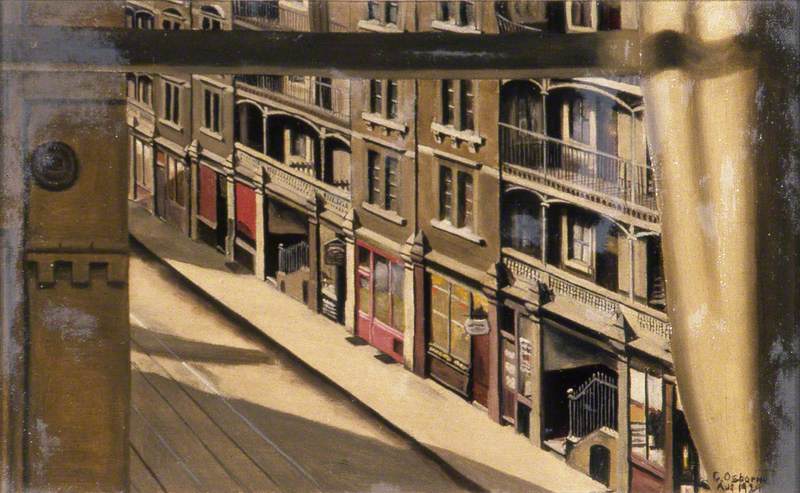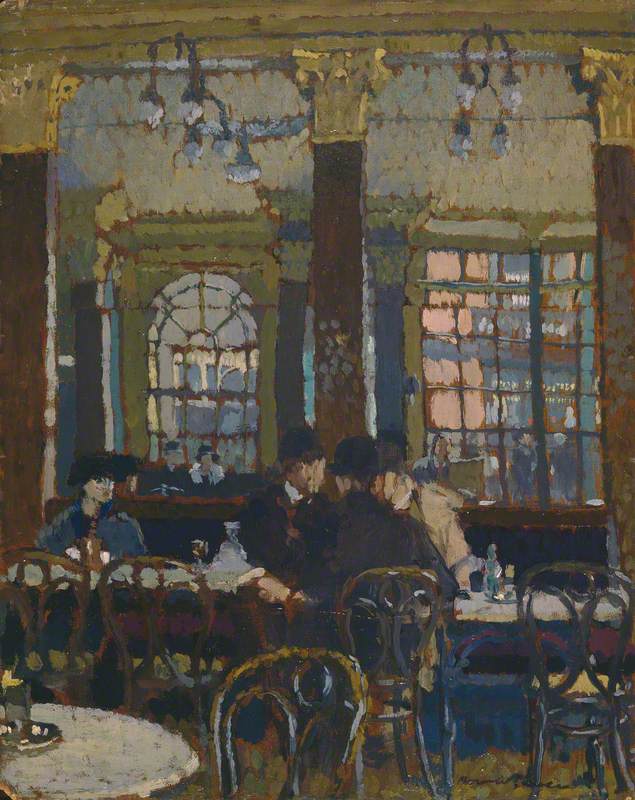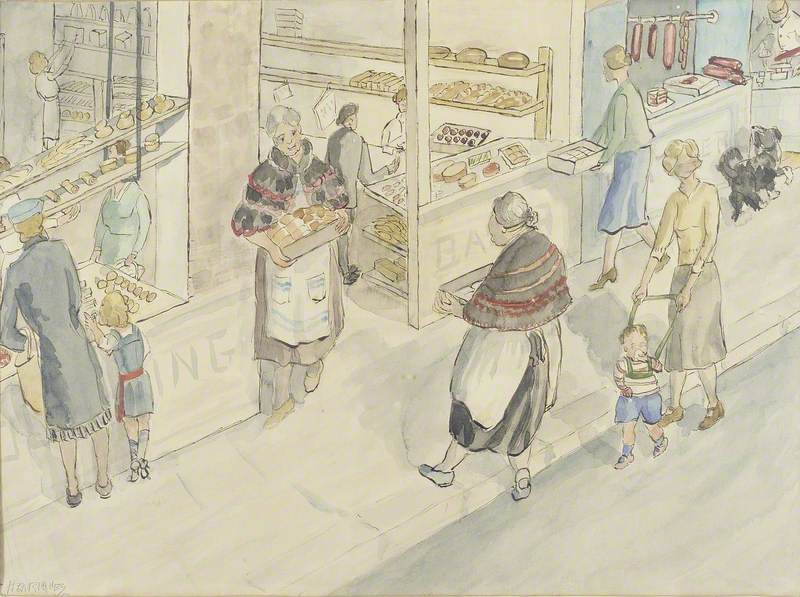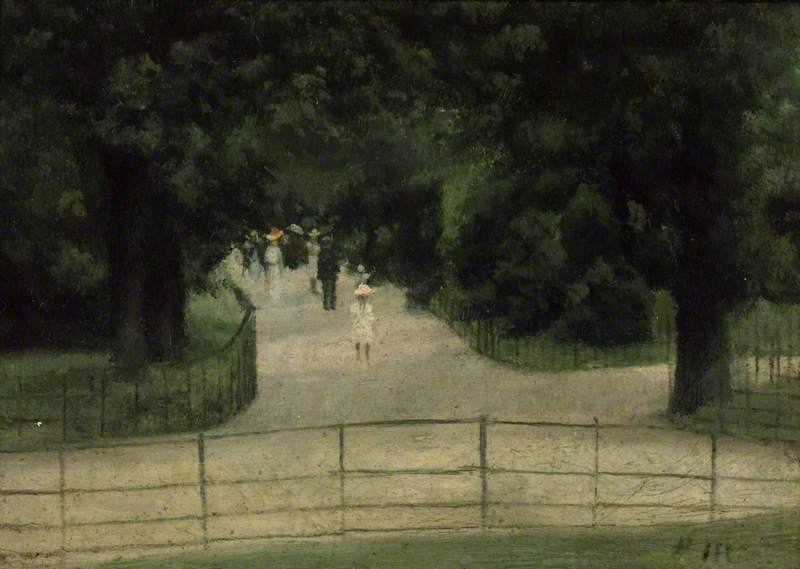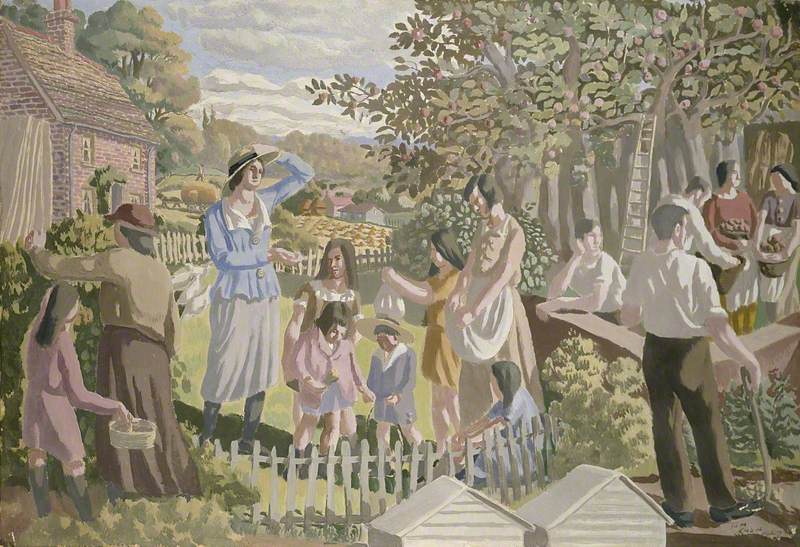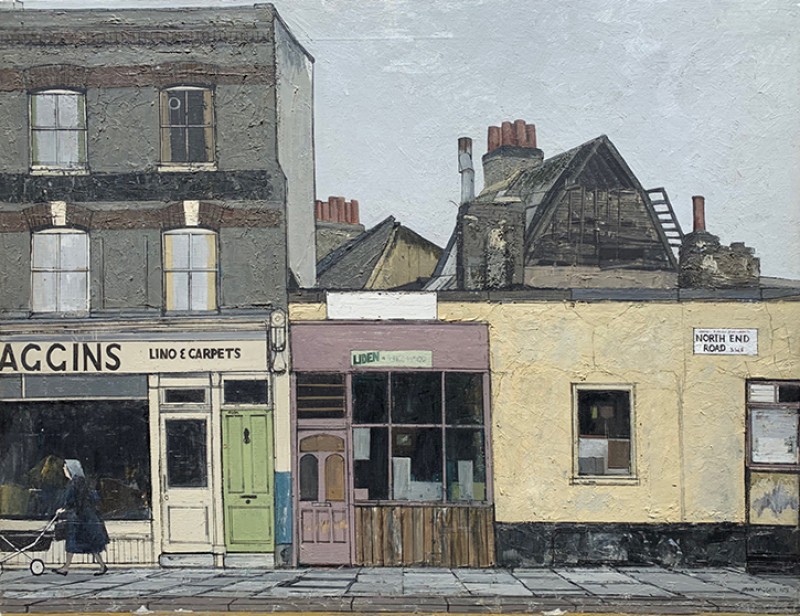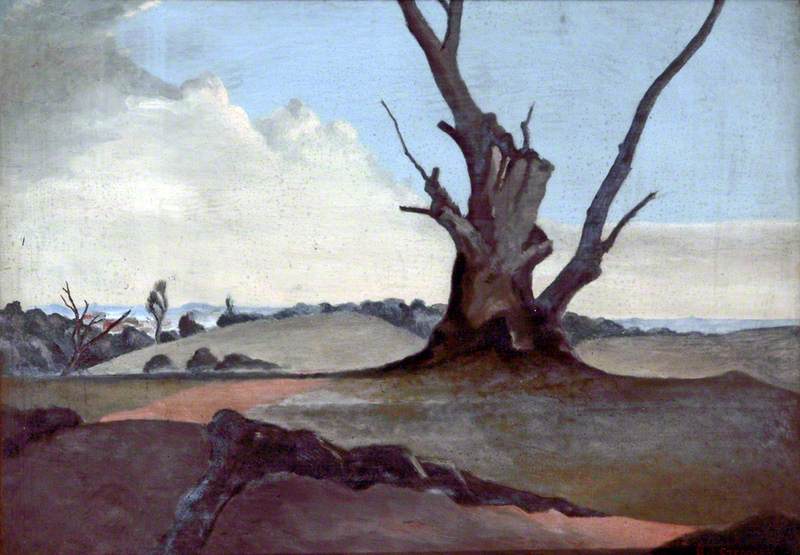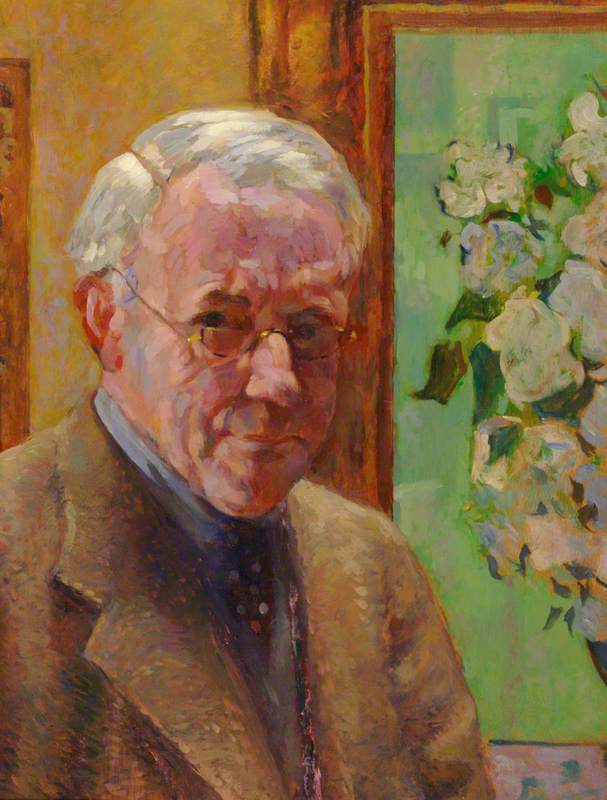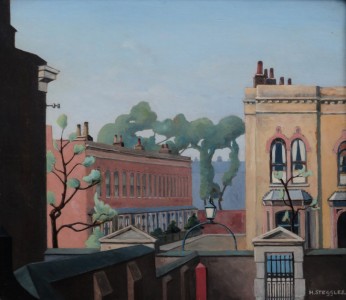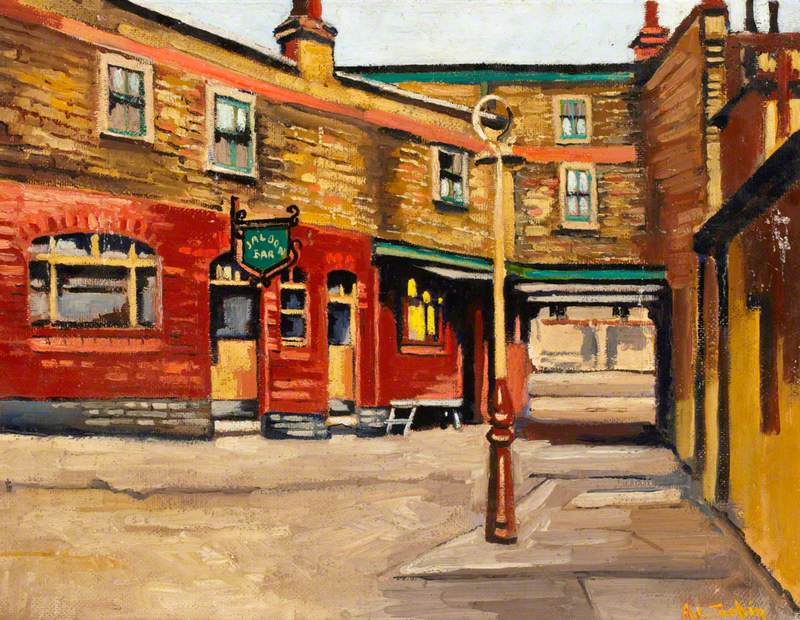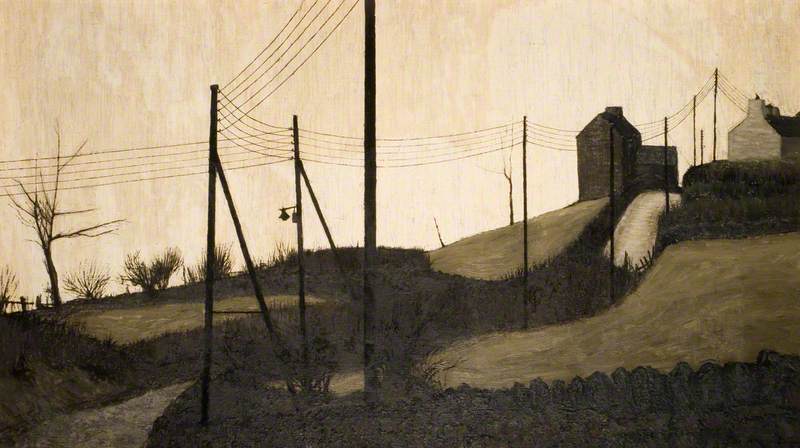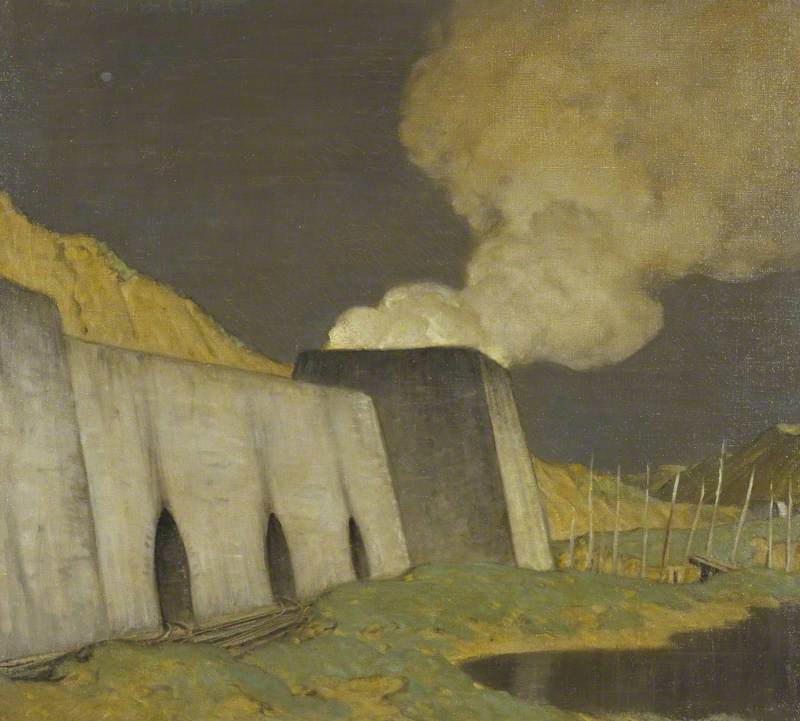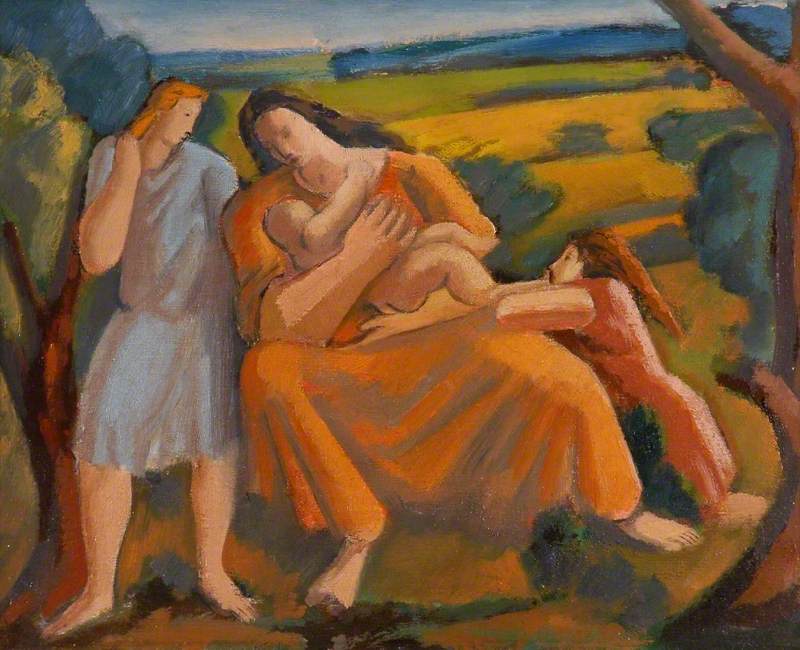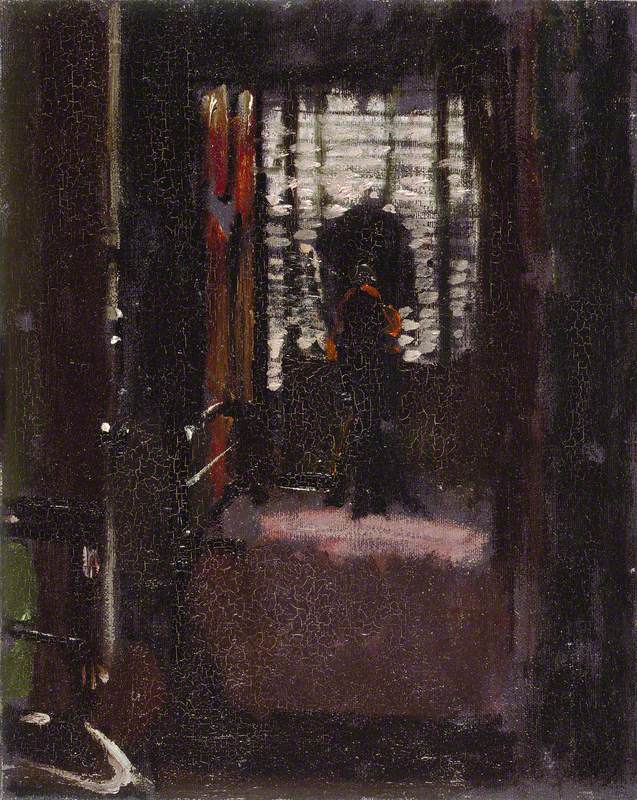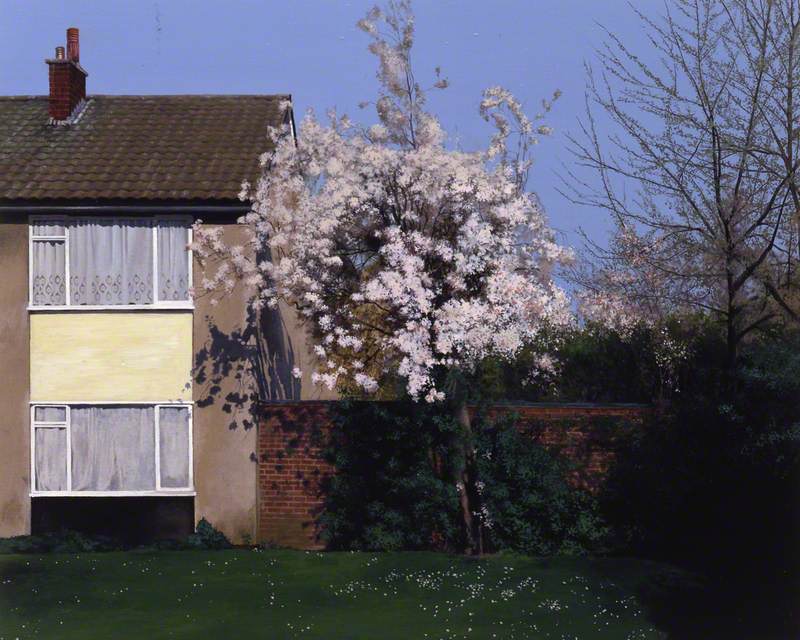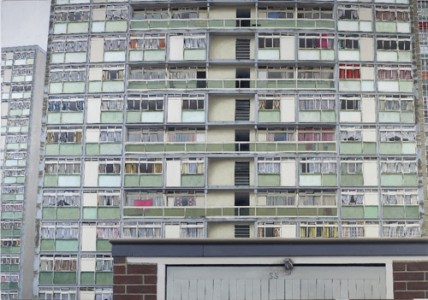One benefit when producing the second edition of a book is that, in addition to correcting the odd blip, you can cut in new information. This is so with the new edition of my pioneering 2012 study From Bow to Biennale: Artists of the East London Group, republished with many more illustrations and an additional chapter. Much of it concerns Cecil Osborne, a fine natural painter only now beginning to get just recognition.
Osborne was an invaluable informant when I researched the book. He was not an original member of John Cooper’s classes at the Bow and Bromley Evening Institute from the mid-1920s, instead being prompted to join after the 1928 East London Art Club show at the Whitechapel Art Gallery. It was immediately apparent to Cooper that the self-taught Osborne, already producing work of a high standard, was intelligent and literate. He had attended commercial college, so was able to write business letters on a machine the Club bought for him and became treasurer and secretary.
Osborne could write shorthand, so was able to make a verbatim record, especially of talks by the great Walter Sickert during his eccentric appearances at Bow. Osborne went on to show with the Group, becoming a close friend of Cooper. He attended Cooper’s 1930s classes on mosaic at the Central School of Arts and Crafts, developed into a skilled practitioner and when Cooper set up two commercial studios became his technical assistant.
After Cooper’s death in 1943 and the end of the Second World War, Osborne was one of the members who tried abortively to revive the East London Group. But opportunities for such painters were then slim, so to earn a living Osborne became a draughtsman for the Borough of St Pancras. While in the Borough Engineer and Surveyor’s Department, he recalled, he had painted three large wall panels dealing with the Borough’s history. They had, however, disappeared and seemed lost for ever when Osborne died in 1996.
That was until, just after the appearance of From Bow to Biennale’s first edition, a lady approached the Westminster Art Library’s librarian Peter Collins to ask if he could identify a reference to Osborne she had photocopied, as it happened from my dictionary Artists in Britain since 1945. This he did and also recalled Osborne’s name appearing in From Bow to Biennale, so new that it had yet to be catalogued. How the enquirer had fortuitously come to buy the panels – a series of beautifully illustrated vignettes with lovely calligraphy – and preserve them is told in From Bow to Biennale’s second edition, where one is illustrated. This is just one of several revelations about East London Group members that can at last be published, among them the memories of Aimee Valdez, in her 101st year, who knew Osborne intimately and can recall working with him on Cooper mosaics.
Sadly, there is only one painting by Osborne in a public collection, Sunday Morning, Farringdon Road, held by Brighton and Hove Museums and Art Galleries. It is a lovely work which has prompted some contacting the East London Group website to compare it with the American Edward Hopper’s haunting Early Sunday Morning, of 1930. However, Osborne’s painting predates Hopper’s by a year. It is unlikely that Osborne knew of Hopper, only popularly introduced to England when the Penguin Modern Painters monograph on him appeared in 1949.
There was a chance to see more of Osborne’s work from private collections in the East London Group exhibition ‘Out of the City’, at Beecroft Art Gallery, Southend, in 2016. I think it demonstrates how, for him and other Group members, if circumstances had been favourable they could have avoided humdrum jobs and made art their profession.
David Buckman, art historian
Davis is author of From Bow to Biennale: Artists of the East London Group, Francis Boutle Publishers, 2015.
